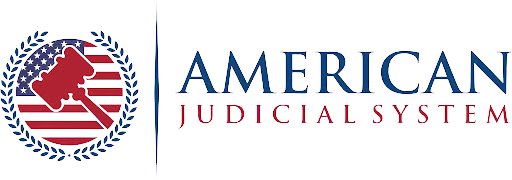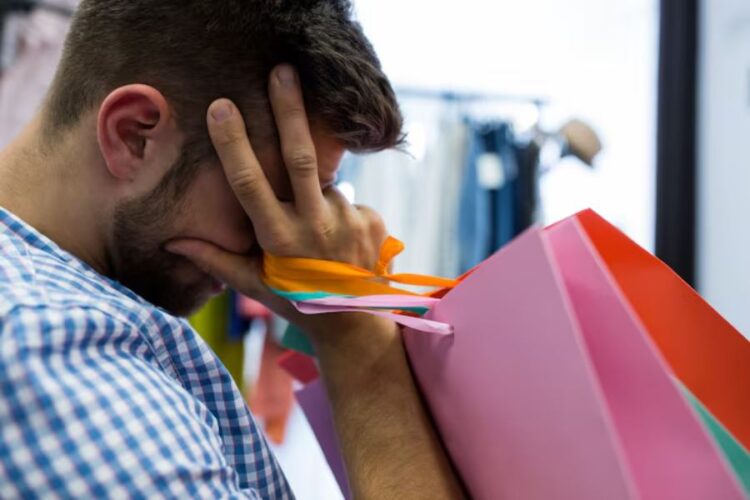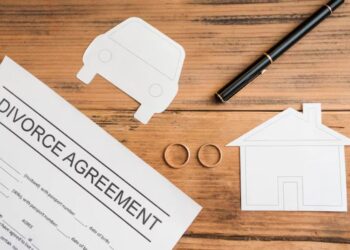Retail stores are designed to feel safe, inviting, and easy to navigate, but accidents can still happen when displays are not set up securely. Shoppers rarely think about the risks hiding behind towering stacks of products or wobbly shelving until something falls. If you are ever hurt in a situation like this, speaking with a New York personal injury attorney can help you understand your next steps. These incidents can lead to real injuries that disrupt your routine, your work, and your peace of mind. Knowing what causes display collapses can help you stay aware and protect yourself while shopping.
Why Store Displays Fail
Store displays often collapse because they are overloaded or assembled in a rush without proper support. Retail staff may stack items higher than the structure can safely handle, especially during busy seasons. Sometimes the display itself is damaged or unstable, creating a hidden risk that shoppers do not notice until it is too late.
When Minor Hazards Become Major Problems
Even small issues in a store can lead to injuries when they are overlooked or ignored. Shoppers trust that the environment around them is safe, and when that trust is broken, even a minor hazard can quickly escalate into something more serious.
Loose Merchandise
Items that are not secured properly can shift or fall when a shopper brushes past a display or picks up a nearby product. This becomes a real danger because shoppers do not expect objects above or around them to move unpredictably. When merchandise is stacked too high or placed without proper balance, it increases the risk of sudden collapse. A simple bump or vibration can send products toppling, putting customers at risk of head, neck, or back injuries.
Unstable Fixtures
Shelving units, display tables, or promotional racks that wobble or lean can fail without much warning. Shoppers often assume these fixtures are sturdy, so they may lean in closer or handle items without hesitation. Unstable fixtures are especially dangerous in busy stores where crowds, carts, and children create extra movement. A weak joint or loose screw can turn a routine shopping moment into a harmful accident.
What Stores Are Responsible For
Stores carry several important responsibilities that help keep shoppers safe. These duties are meant to prevent accidents before they happen and to make sure potential hazards are handled quickly and properly.
Regular Inspections
Stores are expected to walk their floors often and check for anything that could cause harm, such as loose shelving or unstable displays. These inspections should be thorough enough to catch issues before they become dangerous. When a hazard is found, staff should document it and make sure it is addressed right away. Ignoring a problem can easily lead to preventable injuries.
Proper Maintenance
Shelves, racks, and product displays need to be kept in good working condition. This means repairing or replacing worn parts and ensuring nothing is overloaded. Maintenance also covers general upkeep, like securing loose flooring or fixing wobbly fixtures. These small steps help create a safer environment for everyone.
Clear Walkways
Stores should make sure aisles and walkways are free from clutter, spilled products, or items left out of place. Even small obstacles can lead to slips or trips. Good housekeeping shows that a store is paying attention to customer safety. Keeping paths open and clean reduces the risk of accidents significantly.
Proper Training for Staff
Employees should know how to safely set up displays and recognize when something looks unsafe. Training helps staff make better decisions that protect shoppers. Staff also need to understand how to respond to hazards quickly, whether that means fixing a problem or alerting the right team member. Quick action can prevent many injuries.
Warning Signage
When a temporary hazard exists, such as a wet floor or an area under repair, stores should put up clear signs. These signs give customers fair warning and help them avoid danger. Proper signage also shows that the store is actively managing risks. Without it, customers may walk into a situation they could not anticipate.
What Shoppers Can Do To Stay Safe
Even though stores carry most of the responsibility, shoppers can still take simple steps to protect themselves during a visit.
Stay Aware of Your Surroundings
Paying attention to your environment can help you spot leaning shelves, unstable stacks, or cluttered aisles before they cause trouble. A quick scan as you move through the store can make a big difference in avoiding avoidable risks.
Avoid Handling Unstable Items
If a display looks shaky or overloaded, it is safer not to touch or move anything yourself. Getting help from a store employee ensures the item is handled properly and reduces the chance of something falling.
Speak Up When Something Seems Unsafe
Reporting loose shelves or messy aisles to staff can prevent accidents for you and others. Store employees appreciate knowing about hazards, especially when they may not have noticed them yet.
What To Do If You Are Hurt
If a store display collapses and you end up injured, taking a few smart steps can make a big difference later. Here is what to keep in mind.
Get Medical Attention Right Away
Even if you feel okay at first, it is important to get checked by a medical professional. Some injuries do not show symptoms right away, and having a medical record helps connect your injuries to the incident. Quick treatment also protects your health and prevents minor issues from becoming long term problems.
Report the Incident to Store Staff
Let a manager or employee know what happened as soon as possible. This creates an official record that the incident took place. Ask for a copy of any written report so you have documentation for your own files.
Gather Evidence at the Scene
If you can, take photos of the collapsed display, the surrounding area, and your injuries. These details can be important later if you need to show what caused the accident. Getting names and contacts of any witnesses can also help support your account of what happened.
Keep All Related Records
Hold onto medical bills, receipts, prescriptions, and any proof of lost wages. These documents help show how the injury has affected your life financially. Keeping everything organized makes the claims process much smoother if you decide to pursue compensation.
Consider Speaking with a Lawyer
An attorney can help you understand your rights and what options you have, especially if the store tries to shift blame. These cases can get complicated quickly, and having someone guide you can remove a lot of stress. Many personal injury lawyers offer free consultations, so you can get answers without pressure.
Closing Thoughts
A store should always feel like a safe place, but accidents can happen when displays are not properly maintained. If you ever find yourself dealing with an injury after a shopping trip, remember that a New York personal injury attorney can help you understand your options. With the right support, you can focus on healing while someone experienced guides you through the next steps.










